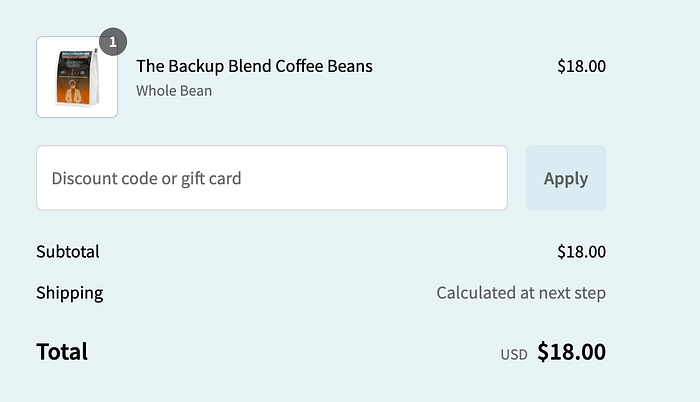Coupon codes for online shopping to save money are derived from social media, deal sites, and browser extensions. Strategies involve viewing retailer newsletters, utilizing aggregators like RetailMeNot, and leveraging tools like Honey. Always check codes to avoid fraud and save money.
Everyone loves a deal. Whether it’s the holiday season, or when you’re just shopping online, getting something you desire for less than full price is marvelous. What if you could save more often when shopping online?
Saving money is made easy with the use of coupon codes. Coupon codes are a favorite checkout page option to offer customers online shopping deals. They allow store owners to offer discounts to customers for seasonal deals, clearance, and affiliate promotions.
We would like to always have coupon codes when we shop, but they are not always accessible. How do we get online shopping coupons? We will look at methods to get hidden, past, and inaccessible codes for your online shopping.
How do e-commerce coupon codes work?
Before finding coupon codes, we need to understand how they work. For a customer, there are two parts to the coupon code experience: the code and the input box to enter the code.
You may see an input field like this on your cart checkout or payment page:

Here, we see the input field where we can enter our code and an apply button to check if the code is valid. Pretty simple.
What happens on the server is more complicated. It’s important to understand that by clicking “Apply” you are making a request to a separate server running the logic for the cart and e-commerce website.
You are most likely making a POST request to the e-commerce server, including the coupon code for validation. The server will receive the code, validate it, and make changes to your cart to reflect the logic of the code. We will talk more about the code record lookup and validation process later.
How to target e-commerce sites
If you are looking for a coupon code or a bug, you wish to know as much as you can about your target. In this case, you must determine if your target e-commerce site uses its own cart server, is driven by a third-party application, or is hosted on a CMS solution.
Cart and coupon code implementations by most e-commerce leaders are in-house, including Amazon, Target, Etsy, and Walmart. Most e-commerce websites do not create and update their own carts. They utilize pre-existing themes, applications, or SaaS solutions to offer shopping experiences.
It is important to know your target before you even attempt to find hidden coupon codes. To this point, about 40% of all websites are WordPress driven by a theme / CMS as of 2024. Shopify, the e-commerce theme and app platform, has more than 5 million storefronts as of EOY 2024. These two services serve most of the storefronts you browse.

Most websites will not advertise the CMS or e-commerce solution they use to power their transactions. There are ways to determine if the store uses an app or a self-built solution.
It is important to identify the cart service. Knowing the target will help you improve your coupon code search methods. Services may have different schema and validations for casing and code structure. You can write better-targeted scripts or queries if you can remove impossible coupon code values.

0 Comment